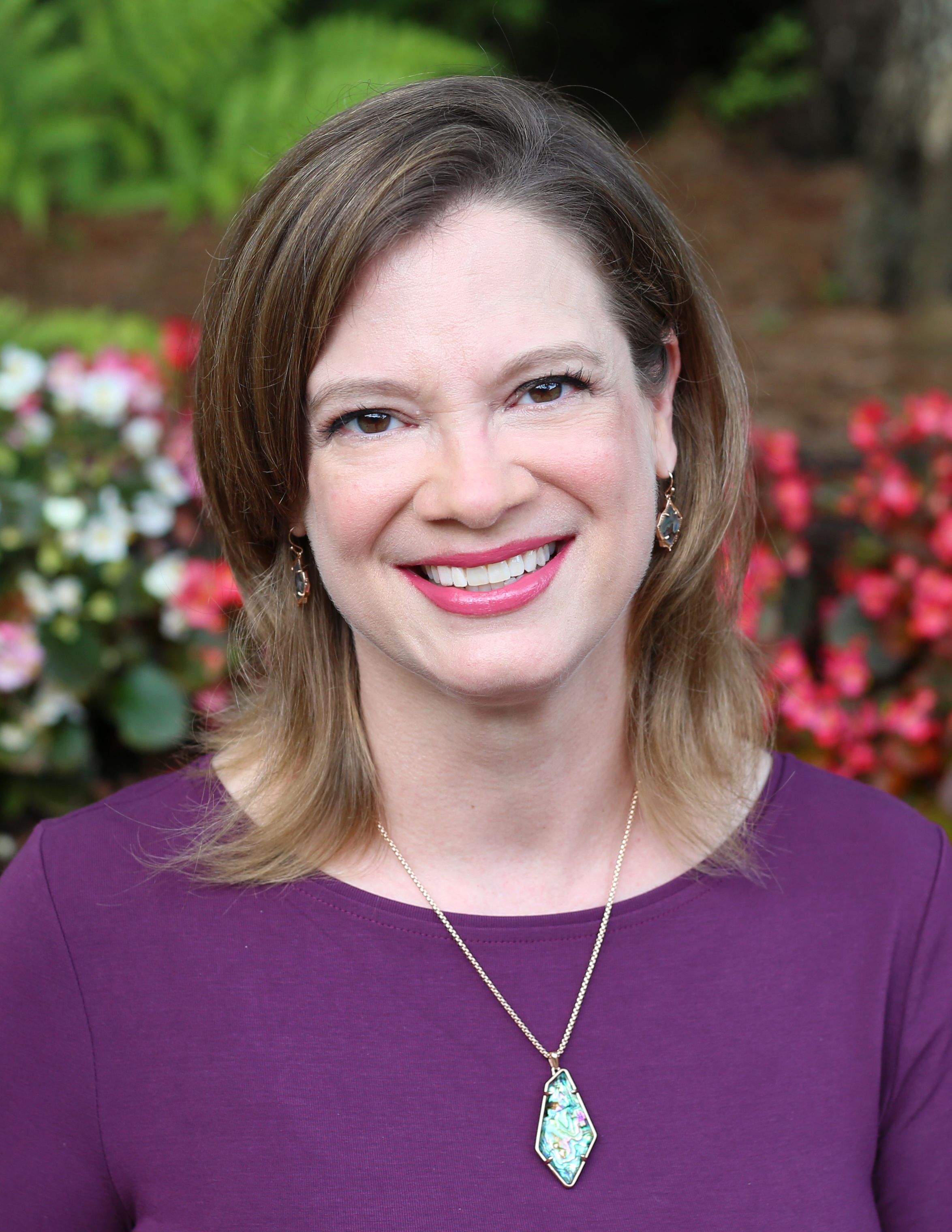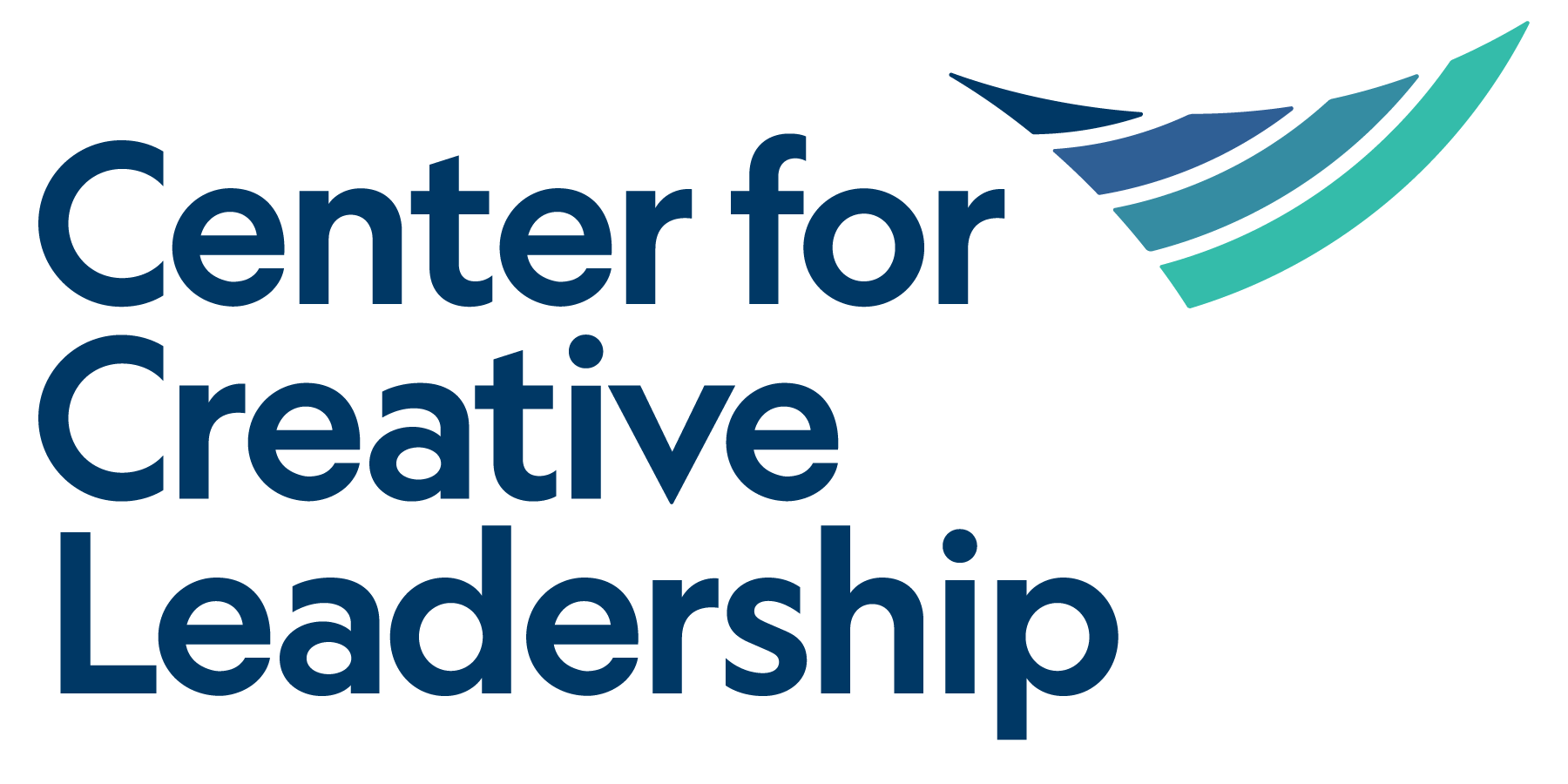Building Mission-Driven Trust:
A Nonprofit's Winning Formula

The past 3 years have been some of the most tumultuous in recent memory. The COVID-19 pandemic created changes, for good and bad, that have outlasted the days of quarantine. For those of us in the nonprofit space, we experienced significant shifts in the way we work. The fundraising landscape shifted, programming embraced virtual platforms, and stakeholder relationships evolved.
A recent Knowledge@Wharton article notes, “The sudden transition from having employees physically work in the office to remote work has revealed an ugly truth: Most companies fail in building trusting work relationships.” Research from the Center for Creative Leadership (CCL)™ demonstrates the importance of trust in positive working relationships. When trust is present, teams “align around a common purpose, take risks, think outside of the box, have each other’s backs, and communicate openly and honestly.”
Most analyses of trust in the workplace focus on the employer-employee relationship, which is also essential for nonprofits, but nonprofits also must build trust with communities and Board members to be effective. Sometimes relationships with 3 constituencies can feel very different, though they are all united behind a central belief in our mission. Even with all the challenges nonprofits face, our mission provides a unique advantage. By centering our mission in teams and relationships, we leverage our purpose to build trust. This article will cover 3 essential elements to foster a deeper understanding of your mission and tips that will help you build trust throughout your organization.
Building Mission-Driven Trust with your Board:
Find Your Shared Vision

Building trust with your Board is often seen as the responsibility of the Executive Director and Senior Team, but all nonprofit leaders can benefit from trust-building and make an impact. Your Board members agreed to serve because they believe in what you do. They came for your mission. But do the Board and staff understand the mission in the same way? The first element to a trust building formula is to ensure that you share the same vision.
CCL knows from more than 50 years of experience that leadership is a social process and can be measured by 3 outcomes: direction, alignment, and commitment (DAC). Most nonprofit leaders, both Board and staff, have strong commitment. When building trust, ensuring that you also share direction – where we are going – and alignment – how we will get there – are important steps. One way to create DAC is to actually engage in a social process yourself; work with your Board to better understand your mission together.
TIP: At your next Board meeting, create space for all staff to attend. Ask everyone in the room to write out the nonprofit mission in their own words (not using the actual mission statement). Look for commonalities and differences in expression. Where are there shared values? How can those insights be used as central communication points to build trust?

Building Mission-Driven Trust with Staff:
Ask Powerful Questions


All nonprofit leaders serve the mission, no matter their role in the organization. But not all get to see that mission in action. Some only experience the mission through other colleagues. How we understand our purpose may relate more to those relationships than by direct contact with those we serve. It often seems that our day-to-day jobs take precedence. The systems that need support, the calls that need to be returned, the checks that need to be issued all seem more urgent and we may forget our shared goals.
All leaders, in every department, can intentionally interrupt that task focus and create trust by refocusing on the mission. Why are we writing those checks? How does it serve our community? Why is that system important? You will notice that these questions are open-ended and start with “why” or “how.” These are what CCL calls “powerful questions.” Our research shows that the most effective leaders are those who ask better questions. Powerful questions often reveal what is behind our actions and can empower individuals to see the direct link between their work and the broader mission.
TIP: The next time you question someone’s motives or feel they have eroded your trust, ask powerful questions. Don’t make assumptions; take time to uncover how they see their actions in service to the mission. Using “how” and “why” while focusing on something you share builds trust. And make sure you aren’t using your own perceptions to cloud the issue by keeping the questions open-ended and framing them as a way to uncover those shared values.
Building Mission-Driven Trust with Communities:
Listen for Values and Emotion

Building trust with the communities we serve is critical to living our mission. When nonprofits are initially formed, our missions are created with a desire to fulfill an unmet need. From that point forward, things get complex. The people, systems, and processes that make a nonprofit work can separate us from the very people we set out to serve.
We probably think we spend a lot of time listening to our communities and, in many cases, nonprofit leaders do just that. The key is to move from just hearing to active listening. Active listening requires you to listen not just for the facts being shared, but the values and emotions behind the facts. Go back to why your nonprofit exists and ask your community – are we serving you? – and actively listen to their responses.
Listening creates trust. CCL has found that being a thoughtful listener, asking questions, seeking clarification, and encouraging others to share their perspective can help create a sense of belonging by building trust. By centering your mission in your conversations with your community and actively listening to their responses, you build confidence that you are working towards a shared impact.
It is also important to listen to every constituency; not just the people who are easily accessible or who make the most noise. By establishing inclusive communication channels that encourage participation from all viewpoints in service of your mission, you have an opportunity to build trust.
TIP: Consider how you might implement a “listening tour” that enables your Board and staff to hear directly from the community. Ensure your locations and times allow for diverse voices to be heard and offer anonymous feedback mechanisms if possible. Remember too that some people will prefer to write or think before they talk. Lead with your mission and ask how you are fulfilling it. Use active listening skills to understand not just what they say, but why they say it.
The good news? Nonprofit organizations possess the unique advantage of being mission-oriented. This shared understanding among staff, Board members, and the community creates a culture of trust that can withstand the challenges – both big and small – that we face every day. Establishing a culture of trust centered on mission has the potential to propel you forward and strengthen your impact.

Developing trust through mission alignment relies on effective communication strategies, particularly within organizations in the non-profit sector. Register for our free on-demand webinar to learn more about building mission-driven trust , or partner with our experts in nonprofit leadership development to help you enhance coaching and conversational skills across your entire organization.

Brook Wingate
Director of Development & Alumni Relations
Center for Creative Leadership
Brook serves as Director of Development & Alumni Relations for CCL and is a member of our Societal Impact leadership team. Societal Impact serves CCL’s nonprofit, K-12 education, higher education, and population health clients and funders. Brook leads a team that is responsible for business development and philanthropy that increase impact in the social sector. She is also an Adjunct Coach, is certified in CCL’s Benchmarks® 360 Assessment Suite, and is trained to deliver CCL’s unique coaching workshop, Better Conversations Every Day™.
Brook brings 20+ years of nonprofit leadership experience to CCL, including work in independent schools, regional professional theater, United Way, and a statewide child welfare agency. Brook has built both systems and teams and led several organizational culture-change efforts, creating increased impact both for organizations and the communities they serve.

This content was paid for and created by the Center for Creative Leadership. The editorial staff of The Chronicle had no role in its preparation. Find out more about paid content.


